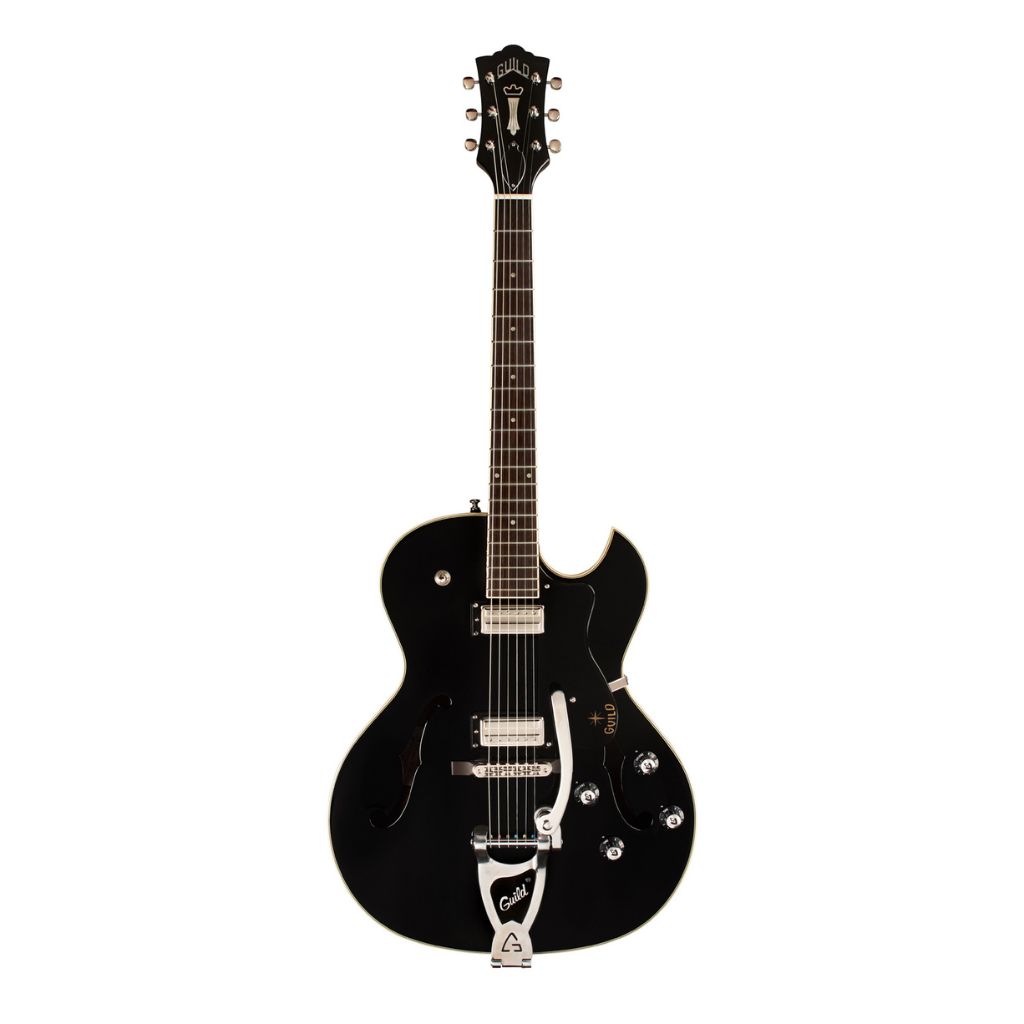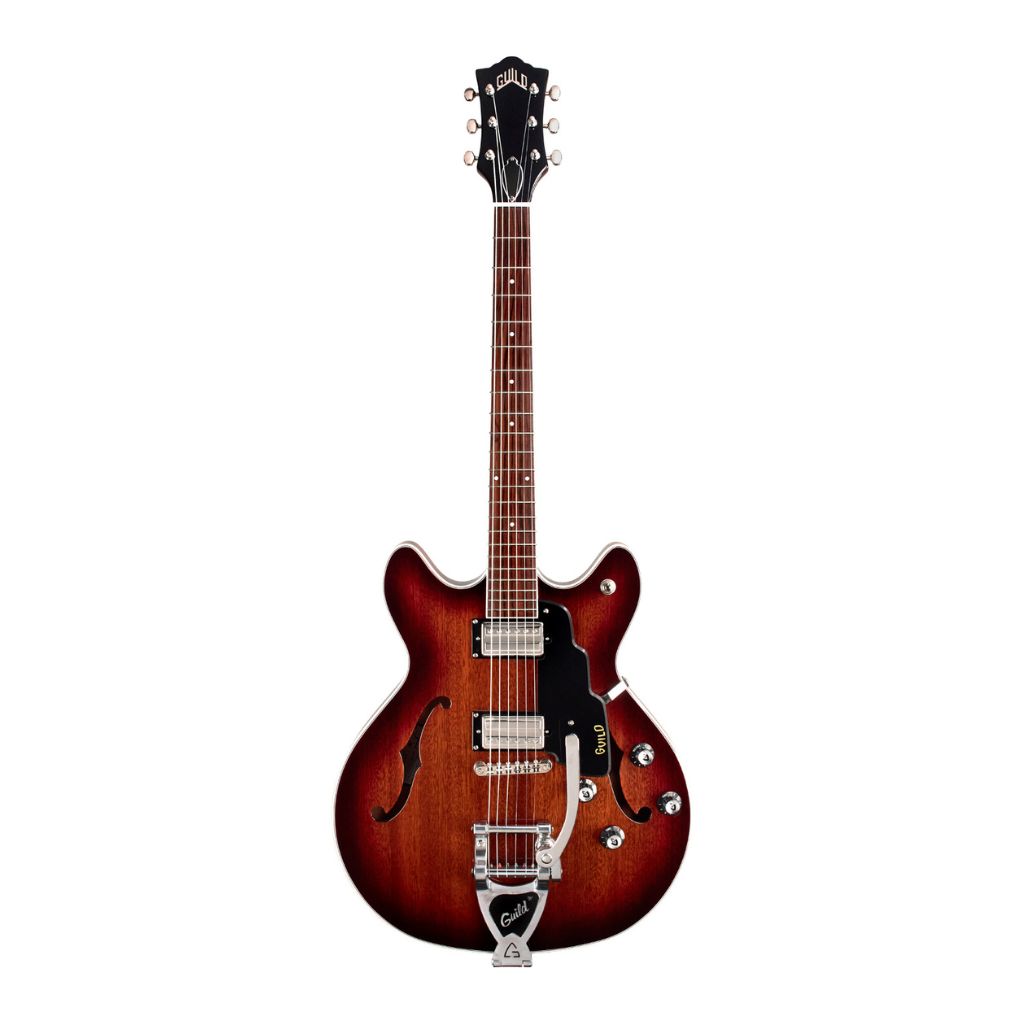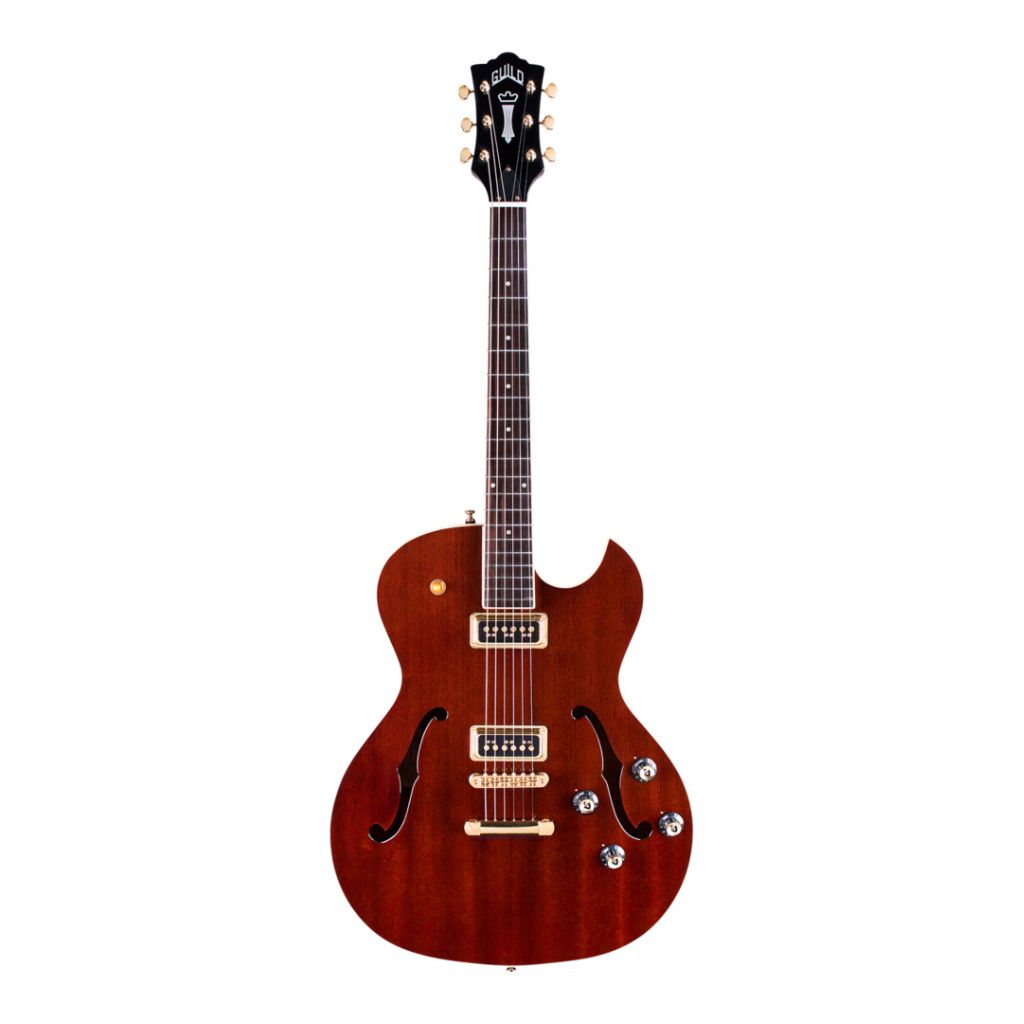Related Tags
Why the Guild Starfire is the semi-hollow guitar for every player
Guild’s most famous electric guitar design has been many things to many iconic players over the years – and remains that for the next generation of artists too.
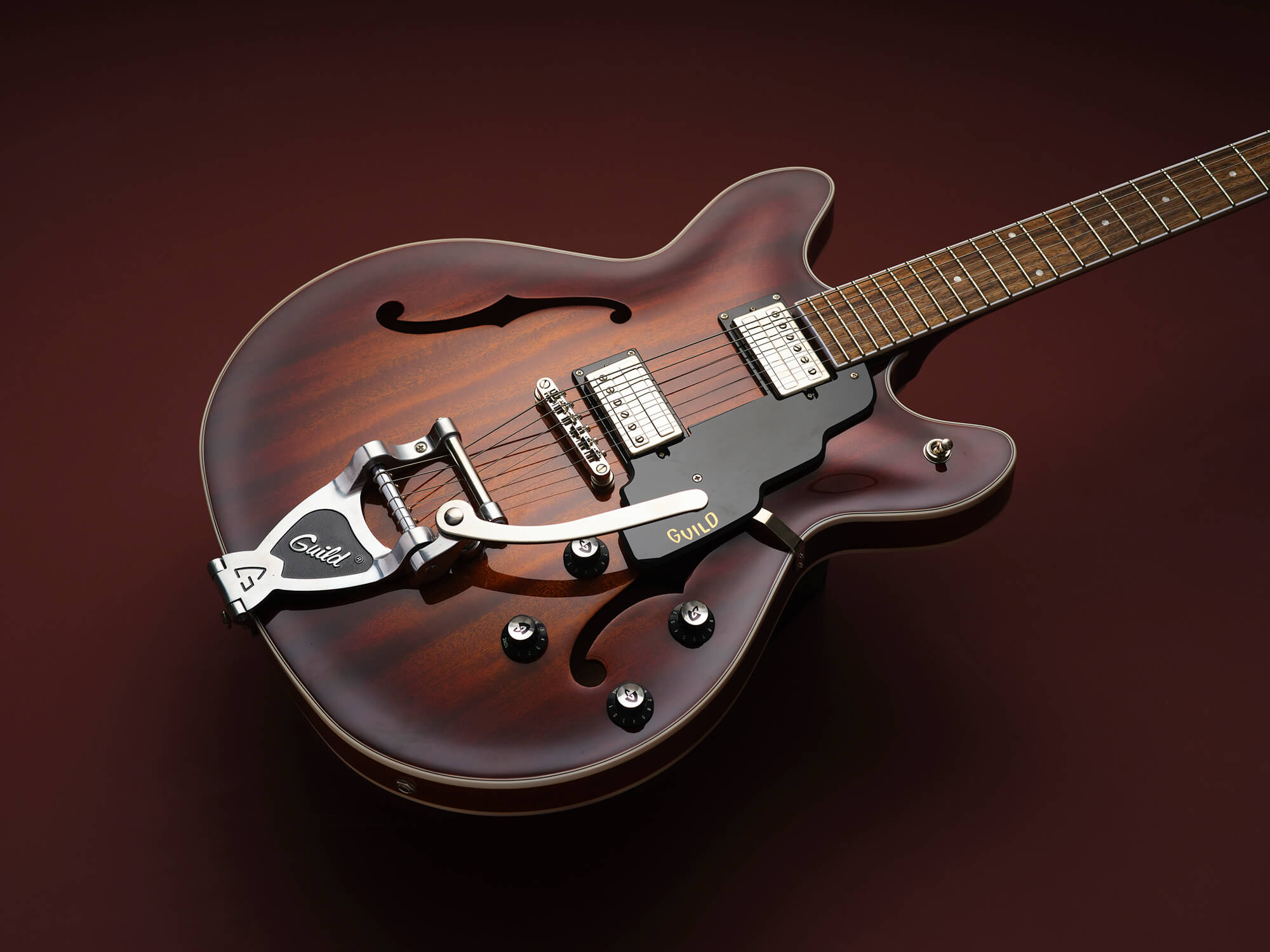
Guild Starfire. Image: Adam Gasson
Featured in this article
Ad feature with Guild Guitars
In 60-plus storied years, Guild Guitars has come a long way from Al Dronge’s New York City music store, where he and George Mann first concocted the idea of creating their own guitar brand.
Yet despite its instruments being used by everyone from Eric Clapton to Slash to Jeff Buckley in the decades since it first started selling guitars in 1952, in the eyes of many guitarists Guild is primarily seen as an acoustic brand. In truth, those who don’t know about Guild’s electrics are missing out on a lot.
King among Guild’s iconic electric guitars is the Starfire – well we say ‘guitar’… in truth the Starfire has always been more than one guitar. Even back in the 1960s the name was used for a remarkably varied family of electric instruments – something that continues to be a facet of Guild’s Starfire range in 2023. Let’s find out what you might be missing out on…
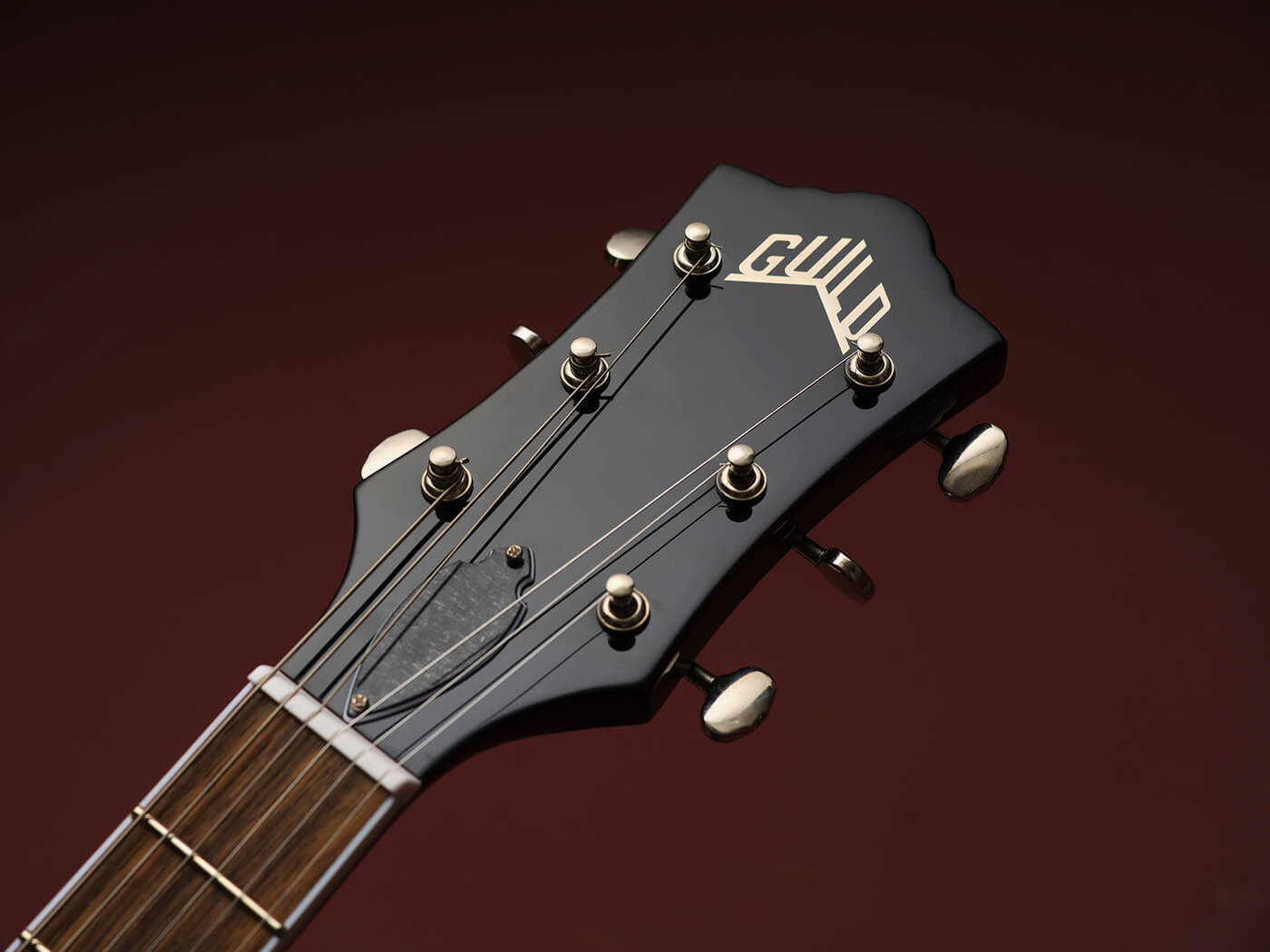
The Birth Of Starfire
Guild had made electric instruments before the Starfire of course, but they were primarily jazzboxes informed by Al Dronge’s love of the New York jazz scene. As the 1960s begat a new form of guitar-driven pop music, the Starfire rose to meet the new demands of a very different breed of players.
The first Starfires were launched in 1960 and in truth were something of a bridge between full-depth jazzboxes like the Aristocrat and the Stratford, and the guitar the Starfire would become.
Starfires I to III were all single-cutaway thinline hollowbodies that – with their single Florentine cutaway, twin humbuckers and vibrato tailpieces – reflected much of the evolution of jazz guitars in the previous decades. That said it didn’t stop the design being adopted by some diverse and interesting guitar pioneers – including Dave Davies, Jerry Garcia and Cake’s Greg Brown.
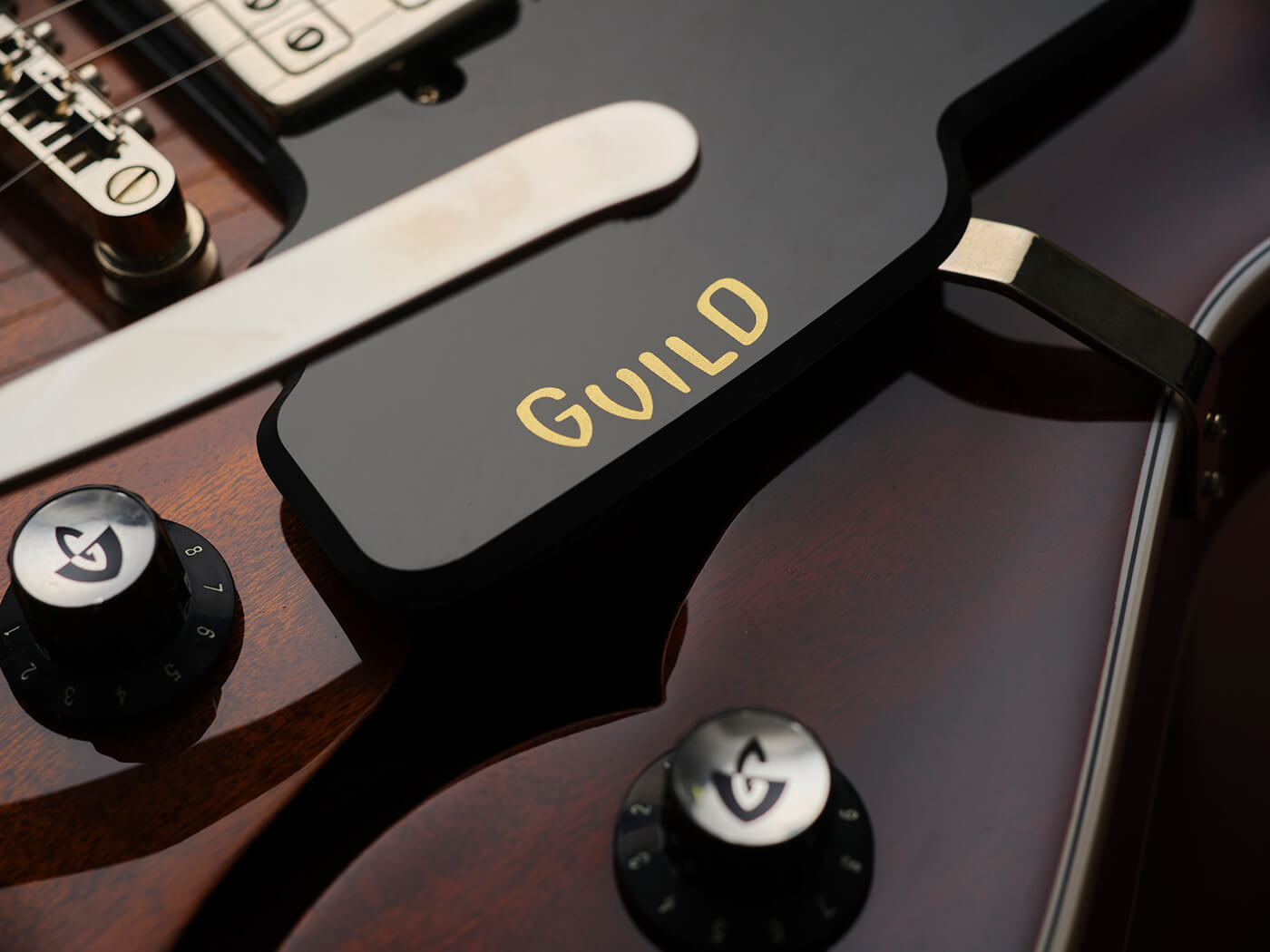
Soon, however, the Starfire range would be expanded with something very different to the norm. The double-cut Starfire IV would be a game-changer for Guild – with its semi-hollow construction and unique silhouette, it would prove hugely popular with artists of every stripe.
The guitar would be used most famously by Buddy Guy, but the Starfire in this double-cut form would become the vehicle for myriad different iterations on the form that would find use with a host of artists. Fellow bluesmen Lightnin’ Hopkins and Son Seals would join Buddy in using the Starfire VI, while the bass version would be used by Chris Hillman of The Byrds and Phil Lesh of The Grateful Dead.
Perhaps most notably a Starfire bass was used by Jack Casady, of Jefferson Airplane fame, from 1967 with his own band and also with Jimi Hendrix, most notably for the Electric Ladyland recording of Voodoo Chile.
Another notable variation is the Starfire XII – a 12-string version that became a favoured guitar of John Lennon in the studio. The guitarist can be seen using the guitar during the White Album sessions and through on to his solo career.

Starfire, reborn
In the decades since, the Starfire has become a cult classic, with many notable guitarists discovering the secret of its charms. Broken Social Scene alumnus and mononymous art-popstar Feist notably uses a 1965 Starfire IV, while art-rock pioneer Duke Erikson of Garbage uses a Starfire III, while Susannah Hoffs has been known to use a Starfire XII.
The modern Guild company continues to celebrate the diversity and history of the Starfire through a series of reissues under the brand’s affordable Newark St Collection. The modern-day Starfires exhibit exactly those qualities that made the originals so sought-after, sharing in a design approach that hearkens to the golden years of electric guitar innovation.
The modern Starfire range is also unique for offering instruments for every budget and player all within one single model type. So if you’re looking for an affordable Bigsby-loaded semi-hollow, then the Starfire I you’ll see illustrating this feature is the perfect option – especially in new California Burst finish with HB-2 humbuckers (built to match the original HB-1 alnico-II pickups of vintage Starfires).
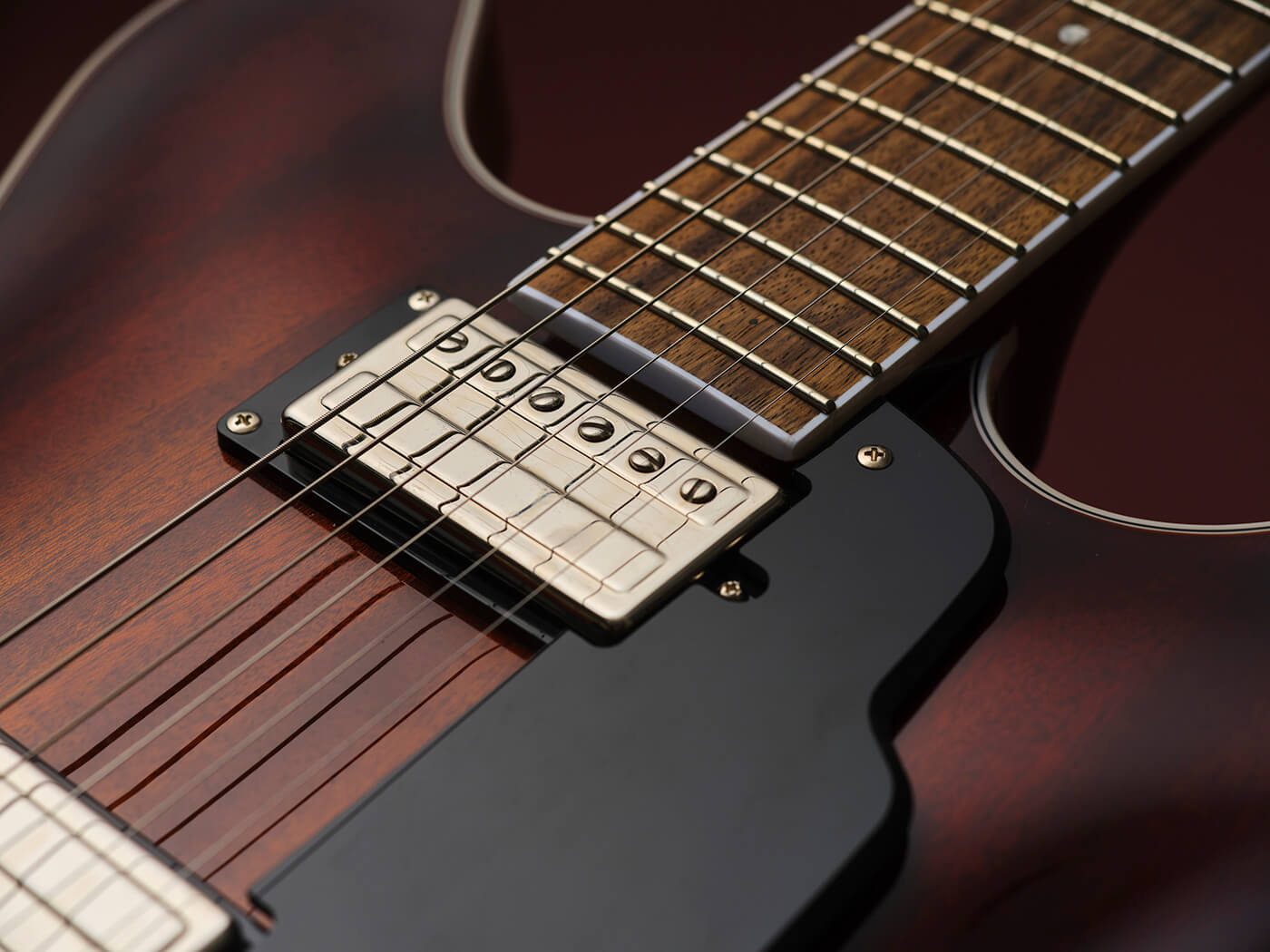
But if you want more premium components, the Starfire VI with its Grover hardware and DeArmond pickups might well be the perfect semi for you, while single-cut fans looking for their place in the Starfire family will find it in the shape of the Starfire III and its Florentine cutaway.
For those looking to push the boat out sonically there’s the fascinating Jet 90 – a Starfire that fuses the body of the III with a six-in-line headstock and three P-90 pickups to create a truly unique instrument.
And of course, if you want to channel John Lennon, the Starfire XII is available at both affordable Starfire I or the more premium VI levels. Many of the I series guitars also boast coil-splitting capabilities through push-pull volume pots, making them the ideal session instrument for studio musicians hunting down precise tones.
For 60 years, Guild has been making guitars for musicians who know what they want and like to stand out for the crowd – that spirit is typified by the Starfire and the artists that use it both yesterday, today, and tomorrow.

